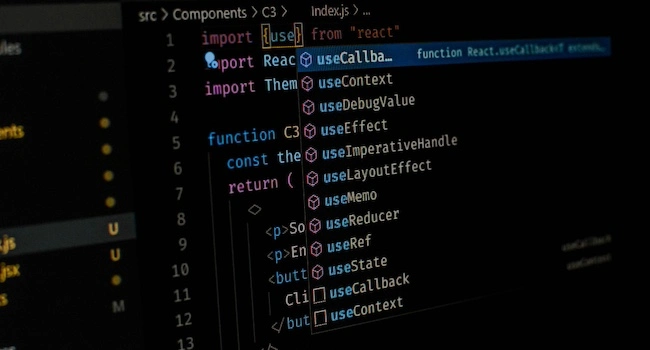How to successfully develop MVP?
On how to build a minimum viable product, doing primitive actions and obviously demonstrates all the possibilities.

Table of Contents:
To make it easier to understand what MVP is, imagine the evolution of man. Minimum Viable Product is the ape-like Australopitheque in a startup development cycle. There is little functionality that is capable of doing primitive actions and obviously demonstrates all the possibilities of a future product.

In addition, mvp development helps to accumulate information about customers: what they like, what they don’t, what they use, and what they want. You can consider the errors encountered by 90% of startups.
1. “Immaculate” is the enemy of the good. Do not forget about the important idea of MVP and implement only key functions. Provide customers with a general understanding of the future product.
2. "Miser" pays twice, or from extreme to extreme. If you do not waste resources on unnecessary functionality, this does not mean that you will be able to save on everything. The main functions must be implemented as accurately as possible. And don't forget about Quality Assurance.
3. Cupcake principle. MVP must be a real product with a specific highlighted function. Before you submit a huge multi-layer cake, you need to offer the customer a cupcake. A cupcake is a complete product by which you can evaluate whether the customer likes it.

4. Do not give importance to the analysis of feedback. Most startups fail because the team ignores feedback from users and testers.
5. Announce something and do not embody it. It is important that customers come to you due to the fact that your service or product has a unique feature.
6. Strong passion for the idea. Very often, the obsession with success of a business idea can make it difficult to reasonably evaluate how things actually happen.
How to start a successful MVP?
1. It is necessary to solve customer problems. Your application must first solve at least one problem for your target audience.
2. It is important to stand out in the market - find what your competitors do not have.
3. Careful planning and team management. According to the scheme of the startup lifecycle, the team is replenished with developers. Their number depends on the scale and complexity of the prototype, but most often it is 3-5 people. There should be a leader among them, whose professionalism you can safely rely on. The work process can be established with the help of PM software tools like Trello or Jira. And the next stage after planning will be mvp software development.

The most important thing is to never underestimate the power of a good MVP. Remember the cupcake method - you can not release an incomplete or low-quality product. A short version of the main idea for the laziest ones is:








